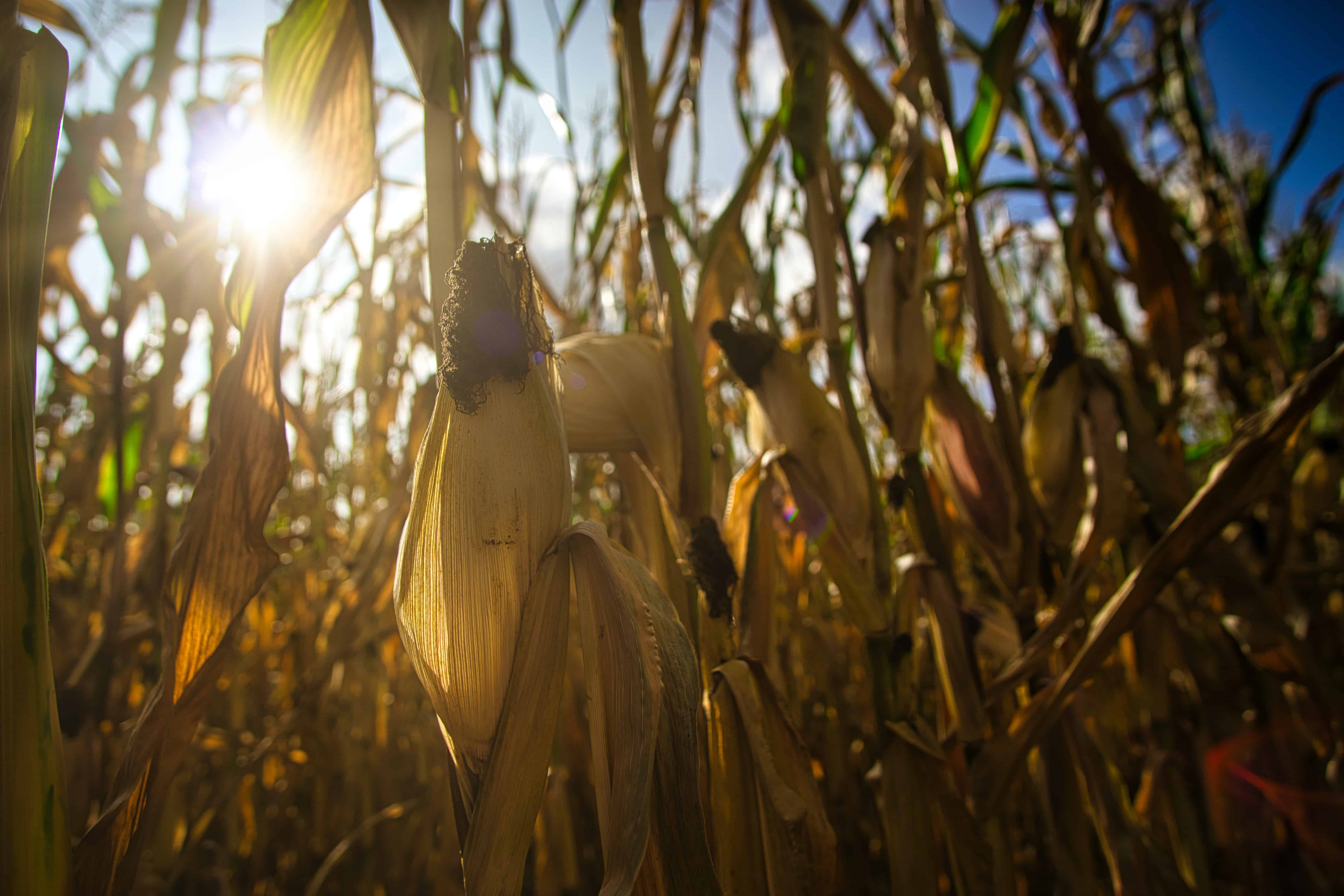Key Takeaways
- Breeding for climate resilience requires considering adaptive traits beyond just yield.
- Robotized indoor phenotyping allows for high-throughput measurement of such adaptive traits.
- Maize adaptive traits can be inferred based on indoor genotypic values for different field conditions.
- Environmental modeling enables the translation of traits from indoor to field conditions.
- Genomic prediction effectively ranks genotypes for tested traits, aiding water conservation strategies.
In a groundbreaking study by Jugurta Bouidghaghen et al., published in 2023, researchers have demonstrated that robotized indoor phenotyping can be a game-changer in breeding maize for resilience to climate change. Traditionally, the focus has been on selecting for yield, but this study emphasizes the importance of considering adaptive traits such as plant architecture, stomatal conductance, and growth.
Beyond Yield: The Importance of Adaptive Traits
The study argues that breeding for resilience to climate change necessitates a broader focus beyond just yield. Adaptive traits like plant architecture and stomatal conductance are crucial in how plants respond to environmental stresses, making them vital for future-proofing crops.
The Role of Robotized Indoor Phenotyping
One of the study’s significant contributions is the validation of robotized indoor phenotyping as a reliable method for measuring these adaptive traits at high throughput. This technology allows for speed breeding and has often been dismissed as non-relevant for field conditions. However, the study shows that this is not the case.
Translating Indoor Traits to Field Conditions
The researchers found that maize adaptive traits could be inferred in different fields based on indoor genotypic values. They used environmental modeling to translate these traits from indoor to various field conditions and even from one field to another. This is a significant step in making indoor phenotyping relevant for real-world applications.
Genomic Prediction for Water Use Strategies
The study also delved into genomic prediction, which resulted in the adequate ranking of genotypes for the tested traits. Although the precision was lesser for elite varieties with reduced phenotypic variability, the method effectively distinguished genotypes with high or low values for adaptive traits. This is particularly important for developing either spender or conservative strategies for water use under future climate conditions.
Read more here.
Photo by Joran Quinten on Unsplash


